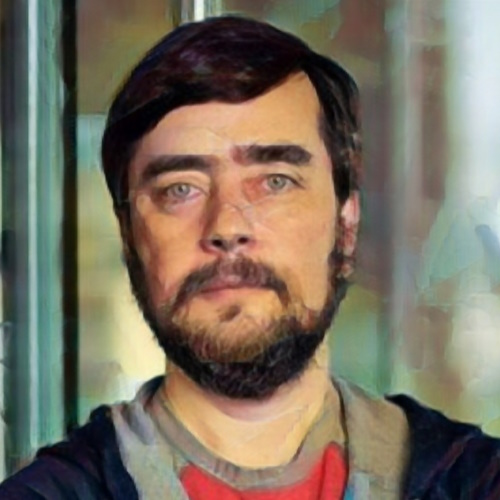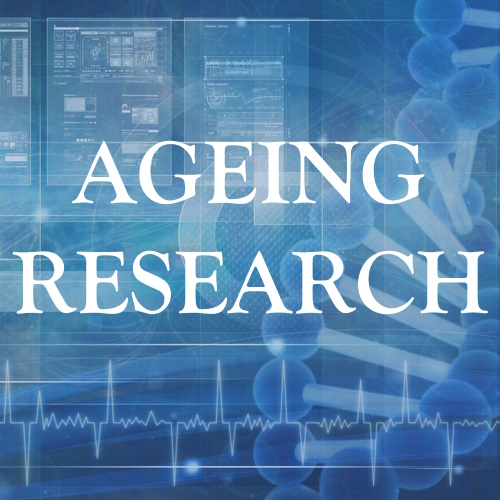Aging as a Loss of Direction: How Cells Forget Their Purpose Over Time
What if aging isn’t just wear and tear—but a gradual loss of biological purpose? A new study by researchers Léo Pio-Lopez, Benedikt Hartl, and Michael Levin proposes just that. Using advanced computer simulations of virtual tissues, the team argues that aging arises not primarily from damage to cells or genes, but from something more subtle: a fading of the biological “goals” that once shaped the body's development. Their findings, published in Advanced Science, challenge long-standing assumptions about why organisms grow old and how we might one day reverse the process.
The Old Story of Aging: Damage Accumulates
Most traditional theories of aging fall into two major camps:
- Damage-based theories: These suggest that cells deteriorate over time due to oxidative stress, DNA mutations, or metabolic byproducts, gradually compromising tissues and organs.
- Programmatic (or hyperfunction) theories: These argue that the same biological programs that help organisms grow and reproduce early in life become harmful when they continue running unchecked later on.
Both explanations focus heavily on the molecular hardware of the body—genes, proteins, and cellular structures. But this view doesn’t fully explain why many organisms undergo dramatic regeneration early in life yet gradually lose that ability later, despite still possessing the same genes.
This is where the new study takes a different approach.
A New Perspective: The Body as a Collective Intelligence
The research draws on a growing understanding of morphogenesis—the process by which cells work together to build and maintain an organism's shape. Rather than acting independently, cells communicate through electrical, biochemical, and mechanical signals to coordinate growth and repair.
This cellular cooperation behaves much like a collective intelligence, similar to how:
- Ants coordinate to build colonies
- Neurons work together to form thoughts
- Flocks of birds move in synchronized patterns
The authors propose that aging begins when this collective loses its shared direction. Once development is complete and the organism reaches maturity, the biological “goal” of constructing the body fades. Without an active target, coordination slowly weakens, like a team with no project left to complete.
Simulating Aging in Virtual Organisms
To explore this idea experimentally, the research team used neural cellular automata (NCAs)—virtual simulations in which artificial “cells” interact, communicate, and organize themselves over time. These NCAs were trained through evolutionary algorithms to construct a simple pattern resembling a smiley face.
Once the pattern was formed (analogous to the completion of animal development), the simulation continued running.
What Happened Next Was Striking
Even without introducing any damage:
- The smiley face slowly lost its structure.
- Eyes and mouth faded over hundreds of time steps.
- Cells became less coordinated in restoring missing parts.
This decline happened even when no external stress or genetic deterioration was added. In other words, aging emerged spontaneously—simply from the system no longer having an active developmental goal.
Accelerating Aging: When Communication Breaks Down
The researchers also tested what happens when communication and decision-making are weakened, mirroring known age-related breakdowns in real tissues. They introduced:
- Cell misdifferentiation (cells choosing the wrong identity)
- Decision unreliability (cells failing to respond correctly to signals)
- Communication loss like weakened gap junctions
- Accumulating genetic noise (mutations)
Each of these factors made aging occur faster, but crucially:
None of them caused aging by themselves.
Each simply sped up a decline already underway due to the loss of goal-directed organization.
Cells Remember What Was Lost
One of the most intriguing results was that even after “organs” in the simulation disappeared, the tissue retained a memory of their structure. With the right input signal, the missing features—like the smiley face’s eyes—could regenerate, even long after they were gone.
This suggests that biological tissues may preserve stored information about youthful anatomical states, even when visibly aged.
In real biology, this echoes observations like:
- Salamanders fully regenerating limbs
- Planarian flatworms re-growing entire bodies
- Experimental manipulation reversing aging in frog tissues
The implication: the blueprint for a younger body may still exist inside ours.
Rejuvenation as Re-Targeting
Perhaps the most hopeful conclusion of the study is that rejuvenation may not require repairing every damaged molecule. Instead, it could be achieved by reactivating the body's original morphogenetic goals.
The researchers found that the most effective simulated rejuvenation strategy involved:
- Sending pattern-specific signals to damaged areas
- Along with signals to surrounding healthy tissue
This combination restored coordination, allowing the structure to reorganize itself.
Why This Matters
If aging is partly the result of lost goal-directedness, then:
- Aging is not inevitable
- Aging may be reversible
- Regeneration could be reactivated in adult tissues
This reframes aging research from fixing broken cellular hardware to restoring biological software—the communication networks and decision rules that allow tissues to maintain coherent form.
The Road Ahead
This study does not claim to have solved aging. But it offers a new framework—one that connects development, regeneration, cancer, and aging under a single principle of collective biological intelligence.
Future work could explore:
- How to detect “loss of goal-directedness” in human tissues
- How to stimulate regenerative setpoints safely
- Whether epigenetic or bioelectric reprogramming can restore cellular coordination
If successful, such research could one day shift aging from an unavoidable decline to a manageable, perhaps reversible, state.
The study is published in the journal Advanced Science . It was led by Michael Levin from Allen Discovery Center at Tufts University.








